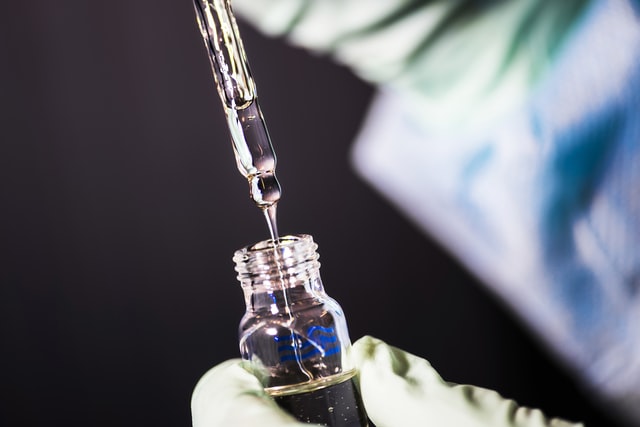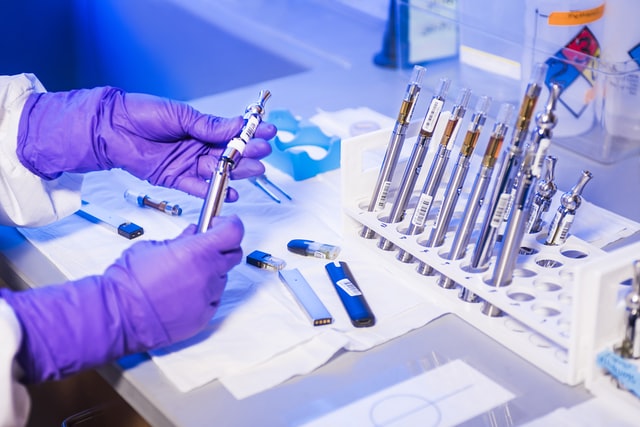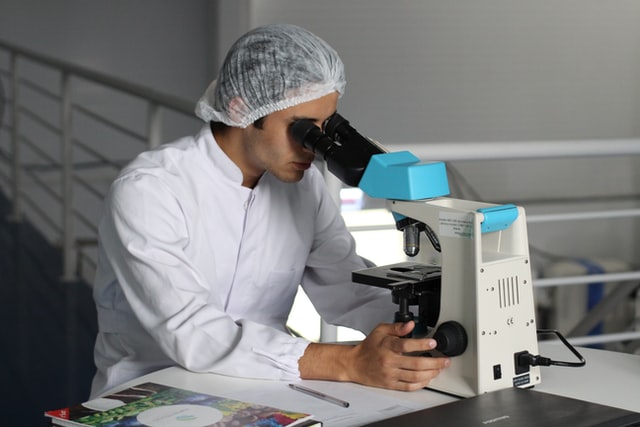[altmetric doi=”10.1038/nature.2012.9872″ hide_no_mentions=”true” popover=”right” type=”medium-donut”]
[altmetric doi=”10.37229/fsa.fjh.2022.10.15″ popover=”right” type=”medium-donut”]
ABSTRACT: Nanometric compositions of calcium carbonate, potassium and sodium bicarbonate loaded on
polyacrylamide were prepared by using gamma radiation. Size and morphology of the prepared nanocomposite
was achieved via using HRTEM. The results revealed the presence of nanoparticles with particle size less than 38
nm. This materials were foliar sprayed as normal or nanoparticles producing six treatments .in addition, ridomil
gold plus (chemical fungicide treatment) and tap water treatments. Onion transplants were planted on 7.5 x 7.5,
10 x 10 and 12.5 x 12.5 cm to give a plant population 156, 100 and 68 plants per square meter. The results indicated
that, chemical fungicide treatment produced the highest growth characters, highest yield and lowest disease
severity and incidence compared with other treatments. The results also confirmed that the use of nanometric
compositions of calcium, potassium and sodium as a foliar spray for onion could be a promise treatment in terms
of infection with fungal diseases as the results proved the increase of the resistance of onions against fungal
diseases by using these nanocomposites. Normal size of this salts increased the vegetative growth characters while
its nanocomposites size increased yield. Low plant density gave the highest yield and lowest disease severity and
incidence compared with high plant density.
http://www.futurejournals.org/media/g4pnhbx0/gomaa-et-al-1-12.pdf


